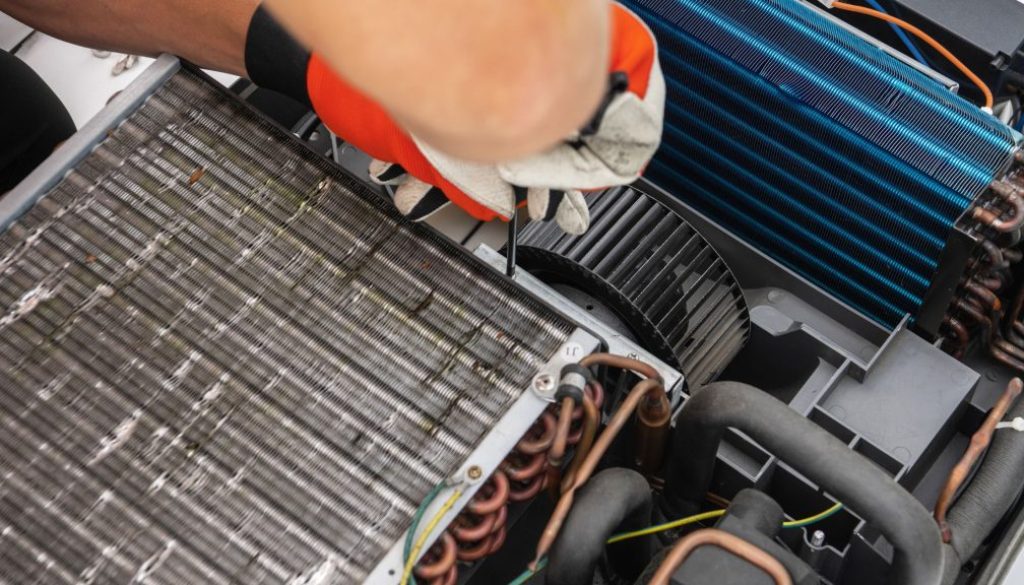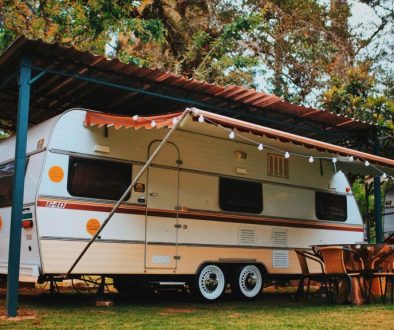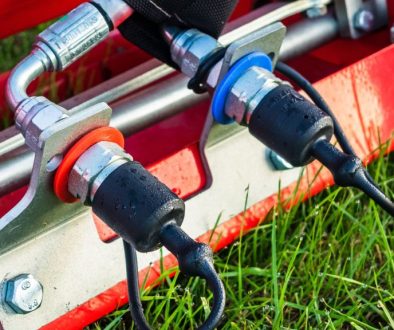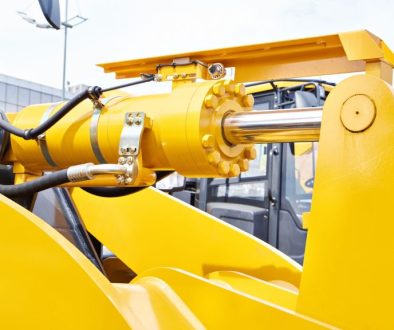Why RV Cooling System Maintenance is Essential
When the summer heat hits, your RV’s cooling system is not just about comfort — it’s critical for safety and preventing costly repairs. Air conditioning failures, coolant leaks, and worn seals can leave you stranded or uncomfortable in sweltering conditions. Routine cooling system maintenance reduces the risk of breakdowns and keeps your RV ready for any adventure.
Step 1: Perform a Full Air Conditioning Inspection
Your RV’s AC works hard during summer, and even small issues can impact performance. Before your trip:
- Clean or Replace Filters: Dirty filters limit airflow, forcing your AC to work harder and consume more power.
- Check for Leaks: Refrigerant leaks reduce cooling efficiency. Look for oily residue around fittings or coils.
- Examine Coils and Fins: Clean debris from evaporator and condenser coils to ensure proper airflow.
- Run a Test: Operate your AC on full power for at least 15 minutes to confirm steady, cool airflow.
- Schedule Professional Service: A certified technician can check refrigerant levels, clean internal components, and ensure the compressor is in good shape.
Step 2: Maintain the Engine Cooling System
While the cabin AC keeps you comfortable, your engine’s cooling system prevents overheating on long drives. Check coolant levels regularly and top off with the manufacturer-recommended type. If your coolant hasn’t been changed in two years, schedule a flush to remove contaminants.
Pro Tip: Inspect your radiator cap for wear — a faulty cap can cause coolant loss and overheating.
Step 3: Inspect Seals, Vents, and Hoses
Cool air is only effective if it stays inside your RV. Inspect:
- Window and Door Seals: Replace cracked or loose seals that let hot air in and cool air escape.
- Roof and Vent Seals: Ensure rooftop vents are sealed properly to prevent leaks and heat intrusion.
- Engine and AC Hoses: Look for cracks, brittleness, or loose fittings, which can lead to leaks or system failure.
Step 4: Enhance Insulation and Reduce Heat Load
Less heat inside your RV means your cooling system doesn’t have to work as hard. Use reflective window covers, thermal curtains, or insulated window panels. Park in shaded areas whenever possible and consider using roof vent fans to circulate air and reduce interior heat buildup.
Step 5: Monitor System Performance on the Road
Once on the road, pay attention to your RV’s cooling performance. If you notice:
- Uneven cooling or weak airflow.
- Strange noises from the AC unit.
- Rapid changes in cabin temperature.
These are warning signs that your system may need attention.
Schedule Expert RV Cooling System Service
Don’t wait for a heatwave to discover your RV’s cooling system needs work. At BFS Fleet Services, we provide comprehensive RV cooling system inspections, AC tune-ups, and coolant maintenance in Buffalo. Our expert technicians will ensure your RV stays cool, efficient, and road-ready all summer long.




